With the good money you’ve spent on clothing, you naturally want to protect it. If you’re moving to a new home, you may have many questions about how to take care of clothing during the process:
- How should I pack clothes to save space?
- How can I minimize wrinkles when I pack clothes for a move?
- Can I store my clothes in cardboard boxes?
- Are garment bags and wardrobe boxes necessary?
- Do I need to empty my dresser drawers?
And the list goes on. Lucky for you, we have answers and helpful tips you can use when packing your clothes for a move.
1. You don’t have to take everything with you.
 Moving provides the perfect opportunity to go through all your belongings and decide what's worth keeping, what should be donated and what should be tossed. So before you start packing your clothes, go through them to decide which items won’t be making the move with you.
Moving provides the perfect opportunity to go through all your belongings and decide what's worth keeping, what should be donated and what should be tossed. So before you start packing your clothes, go through them to decide which items won’t be making the move with you.
Here are some tips to help you decide if you should take or toss your clothes:
- Donate or sell clothes you haven’t worn in the past year and are unlikely to be worn again. You can donate those items as long as they are in good condition.
- Donate or sell clothes that don’t fit anymore. You might decide to hold onto your aspirational “skinny jeans,” but there’s no reason to keep an entire wardrobe of clothing that doesn’t fit.
- Donate or sell outdated styles. Sure, fashion trends often come back around, but do you really want those items to take up valuable storage space for the next 10-20 years until they’re back in style?
- Toss damaged clothing items. Most donation centers don’t have the manpower to repair damaged clothing. And if you haven’t taken the item to be mended by now, you’re not likely to ever get around to it.
- Toss overly worn clothing items. There’s no need to hold on to clothing that you would be embarrassed to be seen in.
2. Make sure clothes are clean and dry before packing.

Clothing can get musty over time, particularly in humid climates. So it’s generally a good idea to give clothing that hasn’t been worn in a while (like your out-of-season wardrobe) a quick wash and dry before packing. This can prevent one musty piece from passing that smell along to all the other pieces packed with it.
Your clothes should also be completely dry before being packed. Any lingering moisture can cause trouble once your clothing is packed in a poorly ventilated box or bag. Excessive moisture could even cause mold to grow, which would ruin your clothing.
Pro tip: To keep clothes extra fresh while they’re packed away, toss a fresh dryer sheet into each bag and box before sealing them closed.
3. Start by packing clothes you won’t wear for a while.
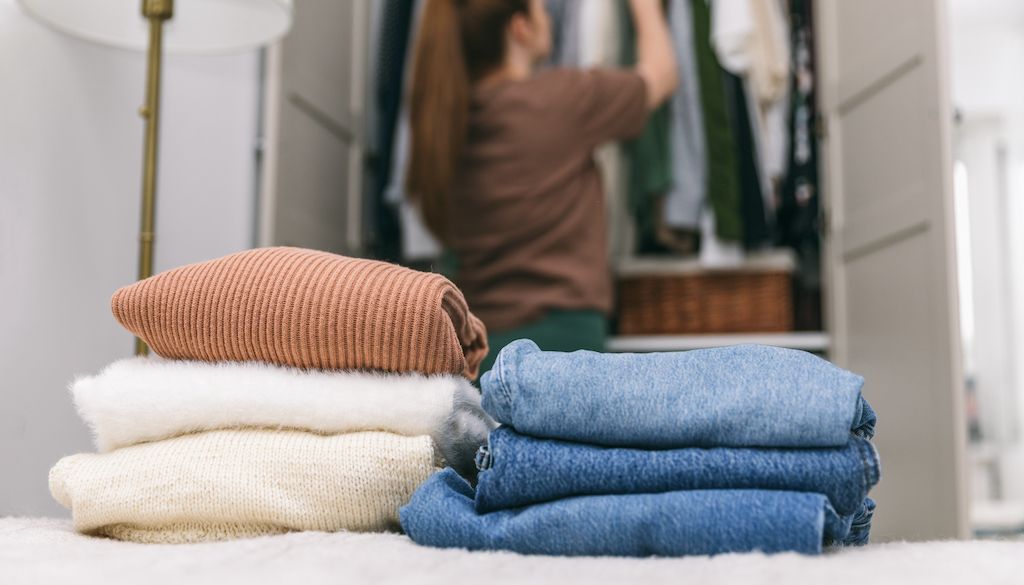 The best place to start is with clothes you won’t need for several weeks or months. The last thing you want to do is pack away clothing that you’ll need in the weeks leading up to your move.
The best place to start is with clothes you won’t need for several weeks or months. The last thing you want to do is pack away clothing that you’ll need in the weeks leading up to your move.
Take a look at your calendar to see what events you have coming up between now and your move date. Make sure you leave something appropriate available for the event. For example, if you have a wedding coming up in a few weeks, decide what you’ll wear and keep that outfit hanging in your closet for easy access.
Now, how should you pack your clothing items that won’t be worn for a while? Here are a few options you can use:
- Cardboard boxes. There’s nothing wrong with putting your clothing in moving boxes. In fact, moving boxes may be among the easiest ways to pack your clothes since they’re an easy shape to stack and put into a moving truck or moving van.
- Luggage. If you store your seasonal clothing in luggage, you may be tempted to leave the items there. But you might be better off using your luggage to move extra heavy items like books.
- Trash bags. Garbage bags are a cost-effective option for moving clothes. But they come with a few drawbacks. The bags can get torn. The weight of the clothes can cause the handle strings to break. The clothes inside can get extra wrinkled since there’s no structure to the bags. And the bags can be hard to stack neatly since they don’t have the structural integrity of moving boxes.
Related: How to pack every room for an easier move.
4. Try “ranger rolling” to save space.
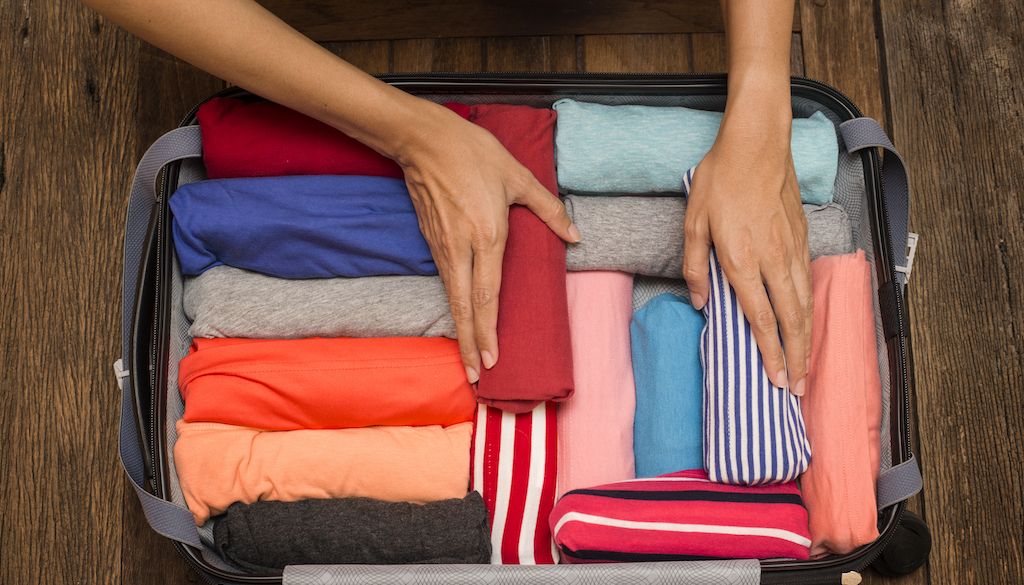 Using the “ranger rolling” method to pack clothing instead of folding them is a popular travel industry life hack when YouTubers started showing how much space can be saved in luggage with the ranger roll. And you can employ this tip as you pack for your move. You just need to know when it is and isn’t appropriate.
Using the “ranger rolling” method to pack clothing instead of folding them is a popular travel industry life hack when YouTubers started showing how much space can be saved in luggage with the ranger roll. And you can employ this tip as you pack for your move. You just need to know when it is and isn’t appropriate.
For example, this rolling method works best for casuals with relaxed fabric like cotton. T-shirts, pants, sundresses, workout clothes and loungewear all roll well.
Rolling doesn’t work so well when it comes to fabrics that wrinkle easily. Dress shirts and slacks, for example, tend to hold onto their rolling wrinkles. Even with an iron, it can be difficult to remove wrinkles from these items.
Bulky items also don’t roll well and can actually take up more space when rolled than when folded. So, don’t try to roll your thick sweaters or sweats.
5. Leave folded clothes in your dresser and drawers.
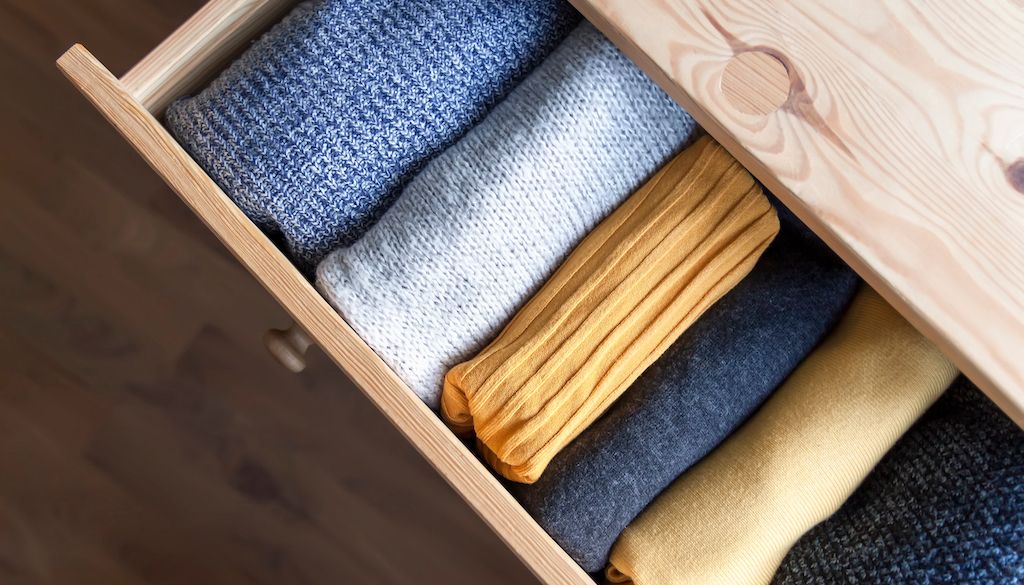 Rather than moving all your clothing from your dresser drawers and repacking them in moving boxes or bags, you may want to try leaving them where they are. You’ll need to move the drawers anyway. And they can serve as handy containers for your clothing.
Rather than moving all your clothing from your dresser drawers and repacking them in moving boxes or bags, you may want to try leaving them where they are. You’ll need to move the drawers anyway. And they can serve as handy containers for your clothing.
If you have to remove the drawers from the dresser because the dresser is too heavy to move with the drawers inside, simply Saran wrap the drawers to keep the clothing in place. As a bonus, the wrap will help protect the drawers from nicks and scratches during the move.
6. Use a wardrobe box for hanging clothes.
 Wardrobe boxes enable you to keep your items on clothes hangers, which saves you a ton of time when packing and unpacking.
Wardrobe boxes enable you to keep your items on clothes hangers, which saves you a ton of time when packing and unpacking.
If you don’t have access to wardrobe boxes, you can use a hack to achieve a similar effect. Simply section your hanging garments into groups of about 10 items on your closet rod. Then, fit a large trash bag around each section, using the trash bag strings to secure the hangers together.
Just know that these bags will be harder to move than a wardrobe box. With the box’s structure, you can easily stack boxes, knowing that the contents will stay secure in their places inside the boxes. But bags can slide around, slip down into crevices between moving boxes and generally be more difficult to keep tidy.
Related: Where to get moving boxes near you for cheap (or possibly free).
7. Vacuum-seal bulky clothing items.
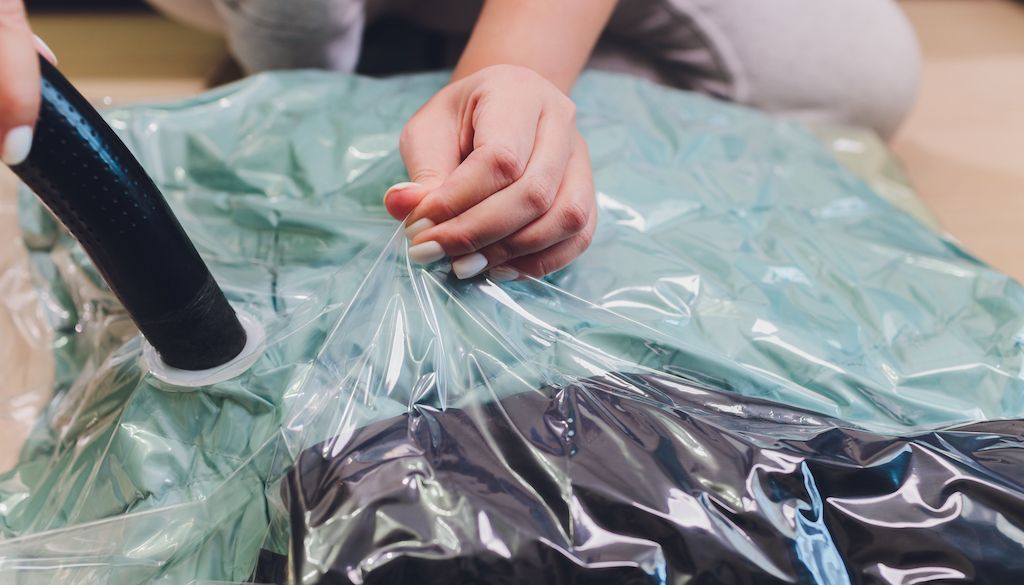 Vacuum bags can help you save space when it comes to fluffy items like sweaters and coats, as well as other linens like towels and blankets.
Vacuum bags can help you save space when it comes to fluffy items like sweaters and coats, as well as other linens like towels and blankets.
Simply insert the hose of your vacuum into the vacuum bags and turn on the vacuum to remove the air from the bag before sealing it shut. Ta-da! You have a space-efficient vacuum-sealed bag.
By the way, you can use this same method with standard ziplock bags. But they might not seal as tightly as the vacuum bags, and air could end up getting in and inflating the bag.
8. Pack shoes, hats and other accessories separately.
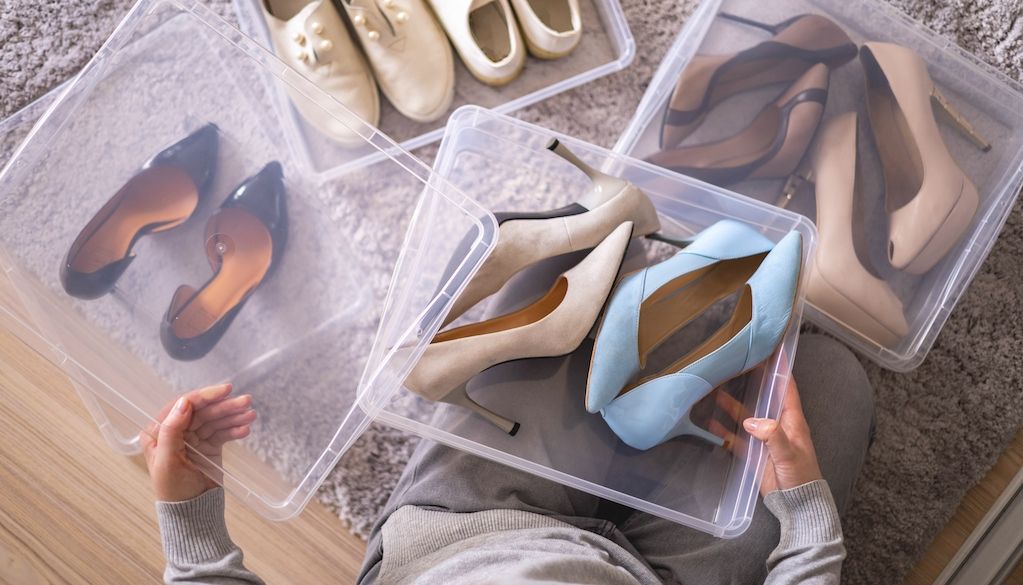 Shoes, hats, and jewelry deserve special treatment. Use these packing tips when dealing with these clothing items and accessories.
Shoes, hats, and jewelry deserve special treatment. Use these packing tips when dealing with these clothing items and accessories.
To pack shoes, try the following:
- Insert packing material into the shoes to help them keep their structure. Packing paper or bubble wrap can be used for this purpose. But if you want to save space, you can use your socks, dish towels or washcloths.
- Place shoes in shoeboxes, if possible. Saving shoeboxes is always a good idea. Not only can you store your shoes comfortably in their boxes, which stack neatly in the closet, but the boxes also make it easier to protect your shoes during the move.
- Place the shoe boxes in a medium or large moving box. If you don’t have shoe boxes available, you can wrap each pair in cling wrap, then pad them with towels or bedsheets in the moving box. The cling wrap will keep the shoes from making your linens dirty.
- Use a shoe organizer with pockets. If you don’t have that many shoes, consider getting a hanging organizer you can lay in your car’s backseat or trunk when moving. Bonus points: these organizers can also hang over doors for easy storage when you move into your new home.
When packing hats, remember these rules:
- Knit hats and well-worn baseball caps can simply be packed with your other clothing items in boxes and bags.
- Use hat boxes for structured hats (like cloches hats, fedoras, cowboy hats, and straw sun hats) for better protection. You can often purchase hat boxes from home goods stores.
Use these tips to pack jewelry:
- Wrap your rings, brooches, watches, and hair accessories in packing paper to protect them. Secure the paper with tape so the wrapping doesn’t come off in transit.
- Lay your necklaces and bracelets flat on a sheet of packing paper, and tape them to the paper to prevent the chains from tangling. Then, carefully roll up the packing paper and secure it with a piece of tape.
- Place all wrapped jewelry in a plastic bag, then wrap the bag with bubble wrap for additional protection.
9. Clearly label everything (and protect the label).
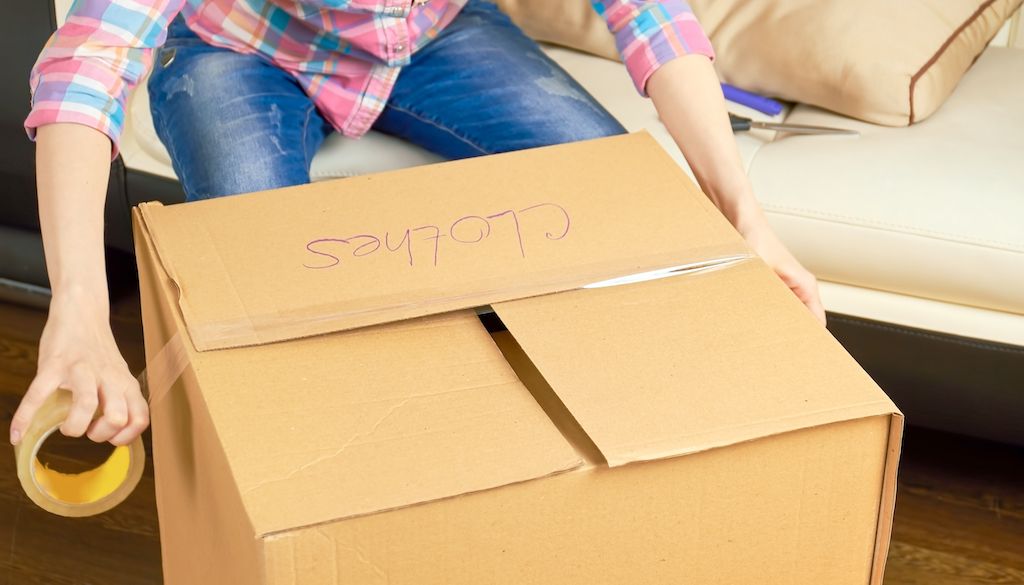 Whether you’re moving yourself or hiring professional movers, every box and bag should be labeled to make sure things are delivered to the proper room in your new house and to help you find things easily after the move.
Whether you’re moving yourself or hiring professional movers, every box and bag should be labeled to make sure things are delivered to the proper room in your new house and to help you find things easily after the move.
The label should include:
- A brief description of the contents (i.e. winter clothes).
- Who the items belong to (i.e. Olivia’s).
- Where the box should be delivered to in the new home (i.e. kids’ room closet).
Pro tip: And since you’re taking the time to carefully label all your boxes and bags, invest a few extra seconds in protecting your labels from the elements. A quick strip of clear packing tape over your completed label will keep the ink from running if it rains or snows on moving day.
10. Use clothing as free packing material.
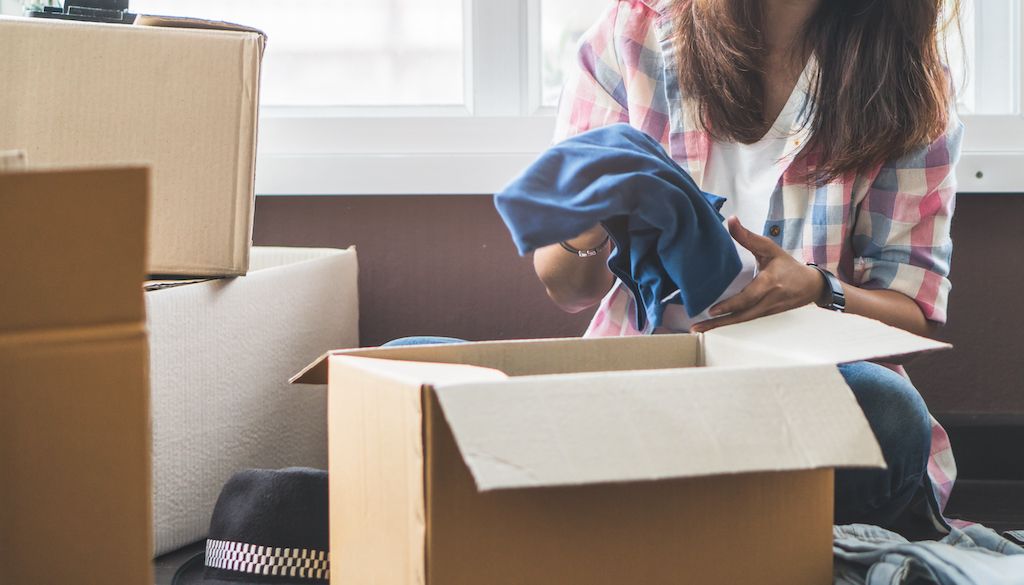 Before you toss out your overworn clothing, consider using it to pack your breakables. This can save you money when it comes to packing materials like bubble wrap.
Before you toss out your overworn clothing, consider using it to pack your breakables. This can save you money when it comes to packing materials like bubble wrap.
You can use old socks to pack juice glasses, coffee cups and stemware. Use old T-shirts to protect framed photos. And take your old bedding and towels to protect serving wear and keep the contents of your kitchen moving boxes firmly in place.
11. Take extra care with luxury items and delicates.
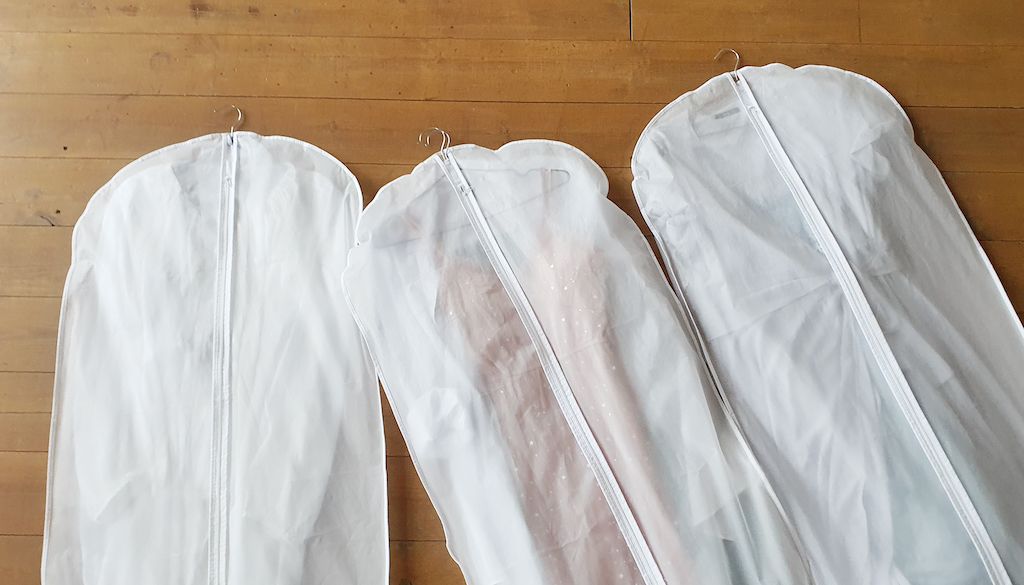 Your special clothing items may need more protection than your everyday wear. Use these packing tips when dealing with your delicate clothes:
Your special clothing items may need more protection than your everyday wear. Use these packing tips when dealing with your delicate clothes:
- Use garment bags for suits and cocktail dresses.
- Consider preservation boxes for wedding gowns, christening gowns and other potential heirlooms.
- Use packing paper between items with intricate beading or other embellishments. This can help prevent the beading from catching on other fabrics and potentially snagging them.
12. Pack an overnight bag for each household member.
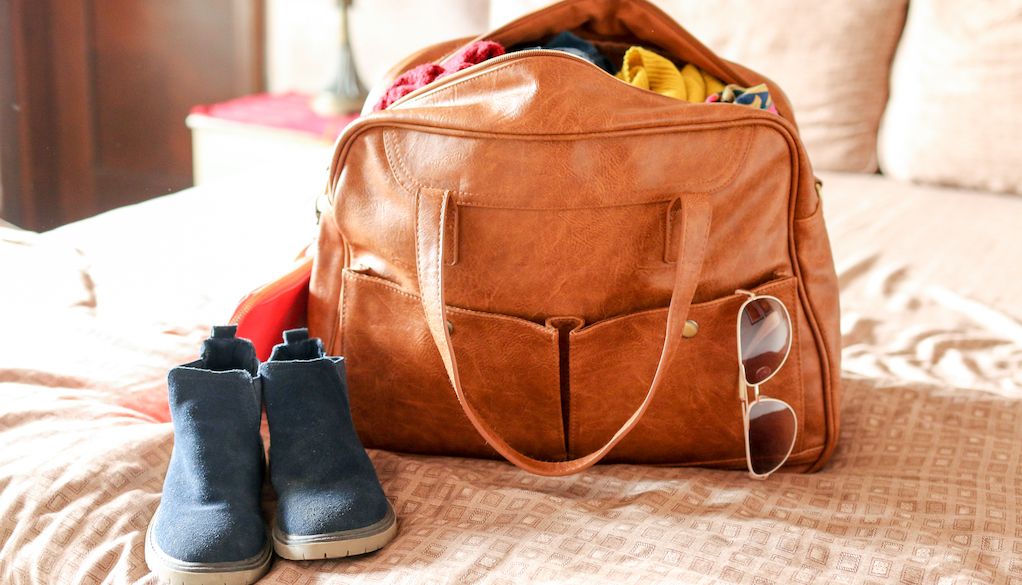 To make your first few days in your new home as stress-free as possible, make sure each household member has easy access to several outfits. This will prevent you from having to open an entire moving box to find something to wear in the days following the move.
To make your first few days in your new home as stress-free as possible, make sure each household member has easy access to several outfits. This will prevent you from having to open an entire moving box to find something to wear in the days following the move.
Duffel bags are ideal for this purpose. Include toiletries as well so that everyone knows where their toothbrush, comb and other necessities are.
13. Keep a bag or basket available for dirty laundry.
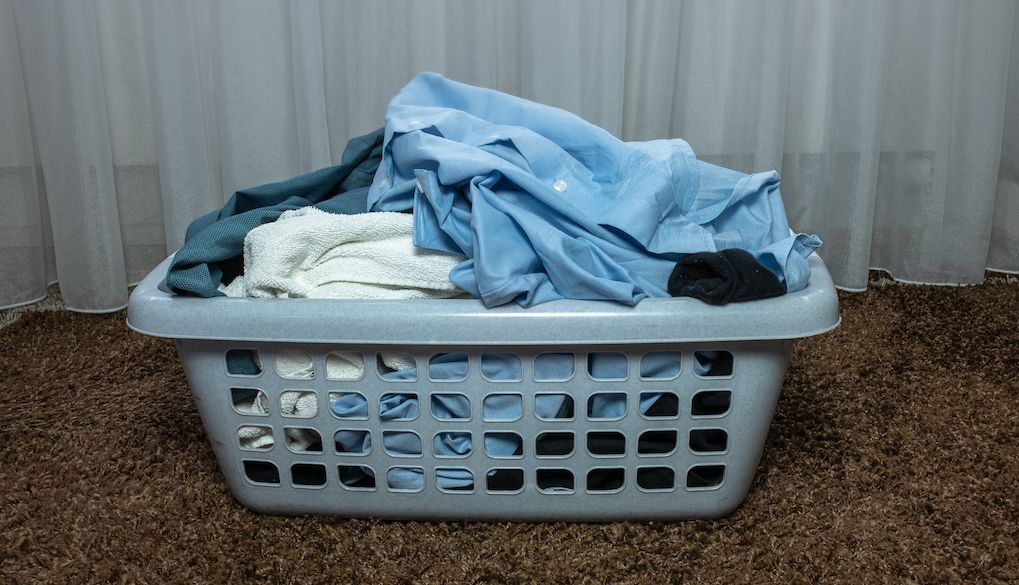 The week of your move will be busy. Probably too busy for you to do a load of laundry the night before the move, then get all of those clothes packed. So, you should plan to move some dirty laundry.
The week of your move will be busy. Probably too busy for you to do a load of laundry the night before the move, then get all of those clothes packed. So, you should plan to move some dirty laundry.
The easiest way to do this is to keep one laundry bag or laundry basket out during the week leading up to the move. Have the whole household put their dirty clothes in that one tote so you can easily place it in the moving truck or in your car.
14. Repurpose your sentimental pieces before your move.
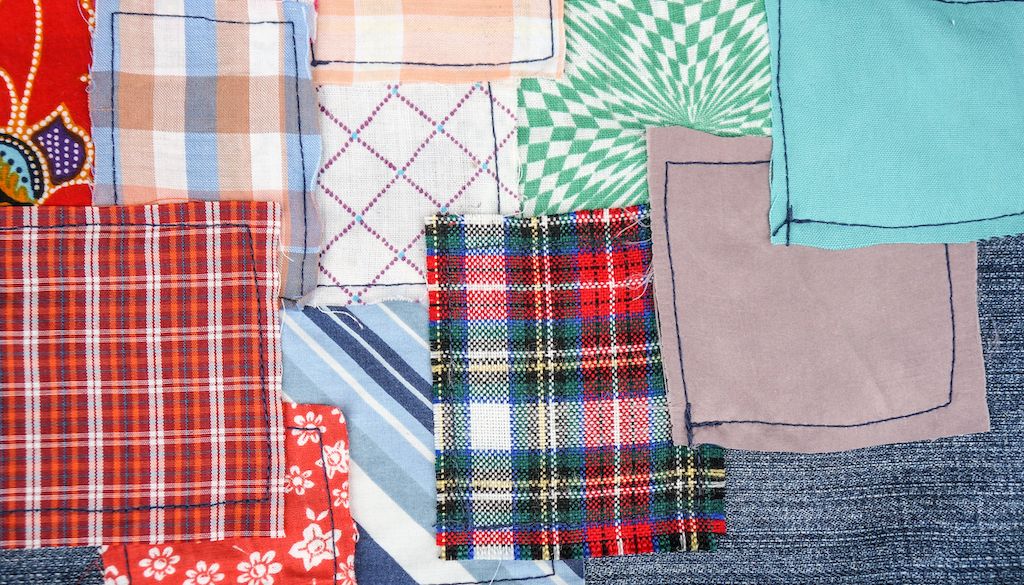 We know we said your overly-worn items should be tossed. But we also know that clothing can hold sentimental value for many people. If you have items that you can’t really wear, but you also don’t want to part with, consider repurposing the items into something you can continue to use and pack.
We know we said your overly-worn items should be tossed. But we also know that clothing can hold sentimental value for many people. If you have items that you can’t really wear, but you also don’t want to part with, consider repurposing the items into something you can continue to use and pack.
Here are a few examples:
- Make a quilt from squares of your favorite T-shirts, sweatshirts, or sweaters.
- Frame old sports jerseys to add interesting decor to your game room, TV room, or basement.
- Have doll clothes made from your old dresses for the little girls in your life.
- Create tote bags using old clothes, blankets and rags.
15. Pay attention to the weight of your moving boxes and bags.
 Clothing might seem lightweight — until you get a stack of clothes into a single box or bag. Then it’s surprisingly heavy.
Clothing might seem lightweight — until you get a stack of clothes into a single box or bag. Then it’s surprisingly heavy.
Rather than loading your clothes into large or extra large moving boxes, stick to manageable medium-sized boxes. The size will automatically limit the amount of weight you can add to the box. Your back will thank you.
Hire a packing service on Thumbtack.
Packing is a big job (and so is unpacking). When you pack on your own, you can easily spend six to eight weeks on the job, with your home in various states of disarray the entire time. But a professional packing service can complete the job for you.
Find and hire a packing service on Thumbtack. Let the pros handle the packing and unpacking, so you can focus on starting this exciting new chapter of your life.